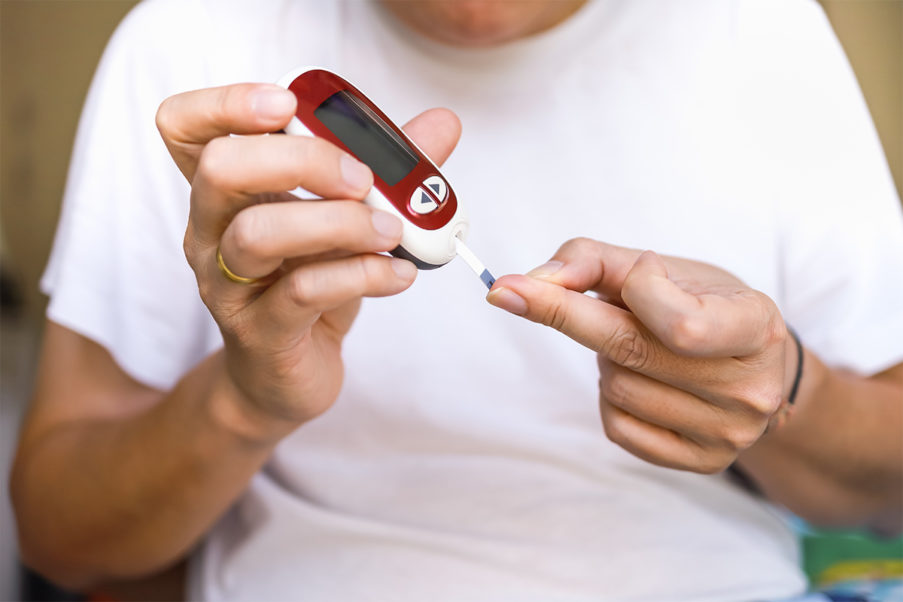Nutrition Therapy for Glucose Control
One size does not fit all for glucose control.

The future of nutrition therapy is moving increasingly away from the one-size-fits-all approach. Here’s an example: A team of researchers in Israel assigned 225 adults with prediabetes—a condition where high blood sugar levels place someone at risk for type 2 diabetes and which affects about 88 million Americans—to follow the popular Mediterranean diet or a personalized postprandial-targeting (PPT) diet for a 6-month intervention. Postprandial is the period after a meal.
As stated in the study notes, published in Diabetes Care, “The PPT diet relies on a machine learning algorithm that integrates clinical and microbiome features to predict personal postprandial glucose responses.” During the trial, all participants were hooked up to continuous glucose monitoring devices, and they provided self-reported dietary intake using a smartphone app.
Both diet protocols reduced the daily time participants had glucose levels >140 mg/dL, and both lowered levels of HbA1c, which tells you your average level of blood sugar over the past 2–3 months. But reductions were significantly greater in PPT compared with the Mediterranean diet. What’s more, the significant between-group differences in blood sugar control were maintained at a 12-month follow-up.
It remains to be seen if such individualized dietary approaches and nutrition therapy can help keep people from developing diabetes and maybe even other ailments like heart disease.
See also: 5 Ways to Eat to Beat Diabetes
Matthew Kadey, MS, RD
Matthew Kadey, MS, RD, is a James Beard Award–winning food journalist, dietitian and author of the cookbook Rocket Fuel: Power-Packed Food for Sport + Adventure (VeloPress 2016). He has written for dozens of magazines, including Runner’s World, Men’s Health, Shape, Men’s Fitness and Muscle and Fitness.





